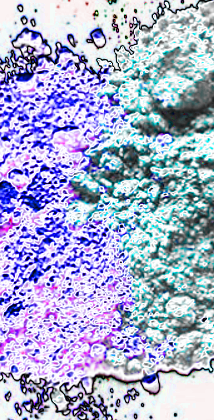Pigment power rising
 Australian researchers are turning coloured pigments into electronics.
Australian researchers are turning coloured pigments into electronics.
Organic pigments called diketopyrrolopyrrole (DPP) are used for their colour as dyes and for their charge transporting and optoelectronic properties.
Optoelectronics involves devices that convert light into electrical signals and electrical energy into light.
QUT Associate Professor Prashant Sonar is leading a team of researchers using pigments with electronics so they can be printed on a range of materials.
This means flexible materials can become solar cells, transistors and sensors and used in many ways ranging from medical devices designed to be inserted into the body to technology products designed to break down rather than end up as more e-waste.
“With the fast growth of high-mobility materials, they are increasingly considered for use in stretchable electronic devices that can provide unique mechanical properties including being able to be bent, twisted, stretched, and wrapped over irregular or moving objects,” Professor Sonar says.
“All these properties are attractive for biomedical instruments, wearable electronics, bioinspired devices, and artificial skin for robotics and prosthetics.
“With these types of devices, we’re not looking at the scale of 20 years or 30 years, we are looking at the scale of three, four or five years and for all these applications, low-cost printable organic semiconductors is the bottleneck.”
Professor Sonar’s research group last year discovered a new material by combining DPP Pigment Red 254 – the colour nicknamed Ferrari Red because of its use by the iconic car maker – and naphthalene, well known as an ingredient in moth repellents.
The new derivative, naphthalene flanked DPP or DPPN, has potential uses in organic transistors and flexible solar cells.
Professor Sonar also recently developed semiconductor materials using another class of an orange dye called anthanthrone (ANT) which could be used in the future for ‘perovskite’ flexible solar cells; built into curtains, sail shades or even clothing.
He discusses the latest developments in a new article for the journal Advanced Materials.








 Print
Print